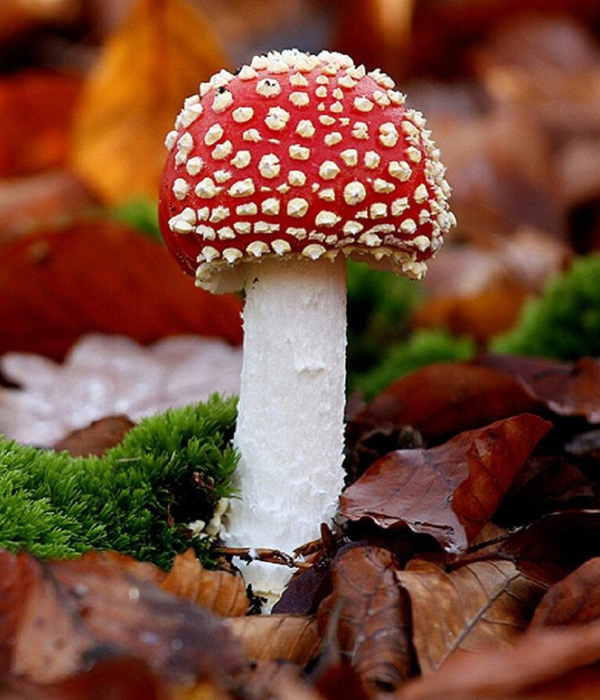
Fly Agaric (Amanita muscaria) - harmful or beneficial?
The fly agaric (Amanita muscaria) is one of the most recognisable mushrooms due to its bright red colour with white spots. The fly agaric has a complex reputation because of its toxicity and potential hallucinogenic properties. While some cultures have used it for medicinal and ritual purposes, modern research has not yet fully revealed all its possible applications and risks. Given its high toxicity, consuming fly agaric without proper knowledge and medical supervision is extremely dangerous.
Benefits
- Scientific research: Modern science is studying fly agaric to identify possible medical applications of its active components. For example, muscimol is being researched as a potential treatment for depression and other mental disorders.
- Antibacterial properties: Some studies suggest that fly agaric may have antibacterial properties, making it an interesting subject for pharmacological research.
- Traditional use: In some cultures, fly agaric was used by shamans to enter altered states of consciousness. These states were used for ritual and healing purposes.
Considerations:
- Toxicity: Fly agaric contains several toxic substances, including ibotenic acid and muscimol. These compounds can cause severe poisoning, manifesting as hallucinations, vomiting, seizures, and, in severe cases, coma.
- Unpredictability of effects: The reaction to consuming fly agaric can vary greatly. For one person, the dose might be relatively safe; for another, it could be potentially deadly.
- False sense of security: In some cultures, fly agaric is used for ritual purposes, which may create a false impression of safety. This can lead to accidental poisonings among those who are unaware of its toxicity.










